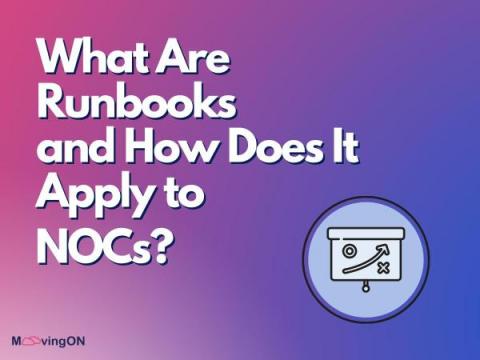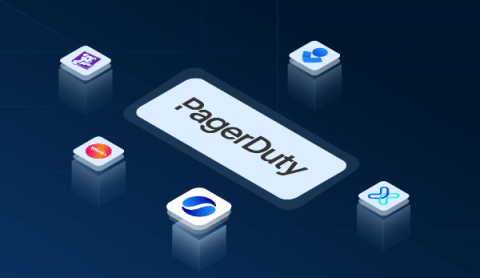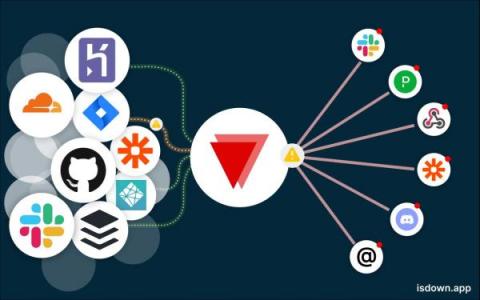Operations | Monitoring | ITSM | DevOps | Cloud
Featured Posts
Fixing Slow Databases: Improving App Performance Overnight
How Adaptive Incident Management Gives You the Upper Hand
One of the great things about the TV detective Columbo was that he never made a hasty decision based on first impressions or appearances at a crime scene. It didn't matter how obvious it seemed to be who committed the crime (or how good the frame-up) was: Columbo always dug deeper into motives, opportunities, and methods to uncover who the guilty party was.
What Are Runbooks and How Does It Apply to Network Operation Centers (NOCs)?
Much like in other production environments, the production of cloud services is based on and orchestrated by a plethora of tools-making part of cloud services' overall cloud infrastructure. Given how cloud services are as complex as they are intricate, a vast range of detailed steps need to be performed in a certain order for the production environment to run smoothly, whether it's carrying out maintenance procedures, updates and upgrades, or resolving issues to prevent downtime.
The Economic Crunch is Here: Time to Get AIOps Right
Exploring PagerDuty Alternatives for Incident Response
Incident response refers to effectively responding to infrastructure issues and resolving them in the shortest time frame possible. Due to several loss-inducing high-profile outages over the last few years, organizations have sought to create rigorous processes with specialized tools to resolve incidents quickly and learn from their failures. As one of the first platforms to enter the incident response space, PagerDuty is a dominant player, but over the years, competing platforms have begun carving out their own niche in the incident response space.
The Importance of Observability for Site Reliability Engineers (SREs)
Site reliability engineers (SREs) play a crucial role in ensuring the reliability of systems. From creating software to improving system reliability in production, responding to incidents, and fixing issues, SREs are responsible for guaranteeing the health of applications.. And observability helps support SREs'. Because an observable system allows them to identify and fix issues promptly, resulting in SRE's being better equipped to fast-track development cycles.
What's a Status Page Aggregator and why you need one
Welcome to the future! SaaS (Software as a Service) rules the world. When just a few years ago businesses were buying software and installing it in-house, now they're renting it. There's a SaaS for everything. Actually, multiple SaaS for the exact same problem! Even technology companies with expert engineering teams are choosing to use off-the-shelf components (now in the form of SaaS) instead of developing in-house. It makes complete sense to buy something that would cost 100x more to develop in-house.









